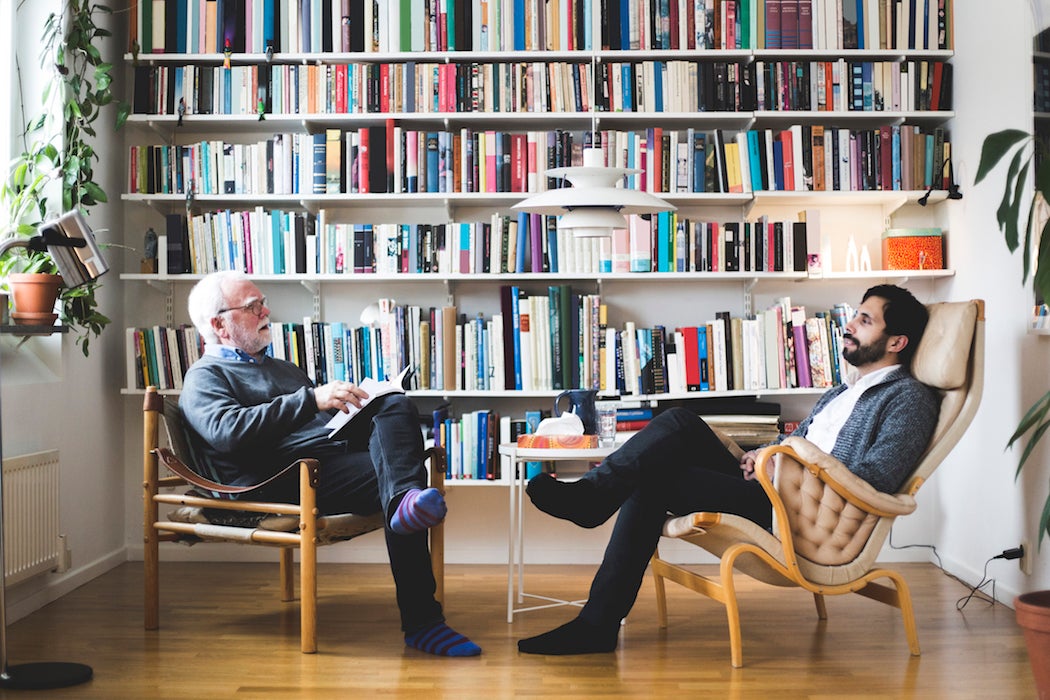Modern medicine has advanced to remarkable places—we can rebuild limbs and regrow skin, rewire our brain circuitry, replace organs, restore hearing and sight, and cure once-fatal diseases with a few doses of medicine. Nonetheless, some of the most profoundly painful parts of illness are still best addressed by traditional means. Psychologically, few clinical interventions can soothe the emotional distress experienced by the seriously ill.
Painkillers don’t put a dent in fear, confusion, anger, or exhaustion. For these, even clinicians recognize the inherent power in the one of the oldest forms of healing—storytelling. In Storytelling, Self, Society, communications and folklore scholar SunWolf explains that therapists have claimed the phrase “Once upon a time” can have a hypnotic effect on people.
Disruptions to life, such as major illnesses, are profoundly challenging to patients and those who love them. They challenge the notion of the self, and shift the dynamics of power within relationships, families, and communities.
SunWolf writes, “This hypnotic effect alone might be enough to recommend that listening to stories can be healing. There is evidence, however, that listening to oral tales can meaningfully penetrate even organic brain disorders, producing significant moments in people’s lives.”
Storytelling may not have the biological effects of an antibiotic or offer the physical transformation of surgery, but it enables patients to take control of their illness in a way that pharmaceuticals can’t. As SunWolf points out, many cultures have long recognized the importance of telling stories. She cites West African folklore in which the healers ask the sick, “When was the last time that you sang? When was the last time that you danced? When was the last time that you shared a story?”
Want more stories like this one?
Today, storytelling-as-healing takes place in structured settings—within the walls of a therapist’s office, or in monitored group therapy sessions—and informally online or in support groups where patients and their loved ones share experiences, however inexpertly.
“Illness, treatment, and/ or death challenge those who are affected to construct meanings that create a tolerable narrative for what appears to be inexplicable,” writes SunWolf. “In such a context, storytelling is viewed as a form of communication that can help people to successfully cope with and reframe illnesses and, thereby, create the paradoxical possibility of being ‘successfully ill’.”
SunWolf notes that storytelling doesn’t heal in the way that medicine does—that it does not often change the biological basis of disease—which is an important distinction. Holistic healing requires more than the closing of a physical wound, or the eradication of a particular disease, but rather, allowing a patient to re-enter society as psychologically intact as they are physically.
“Trauma, illness and grief create frightening forests of pain, with unfamiliar roads,” explains Sunwolf. “In such a context, listening to stories suggests myriad pathways out of dark forests.”







